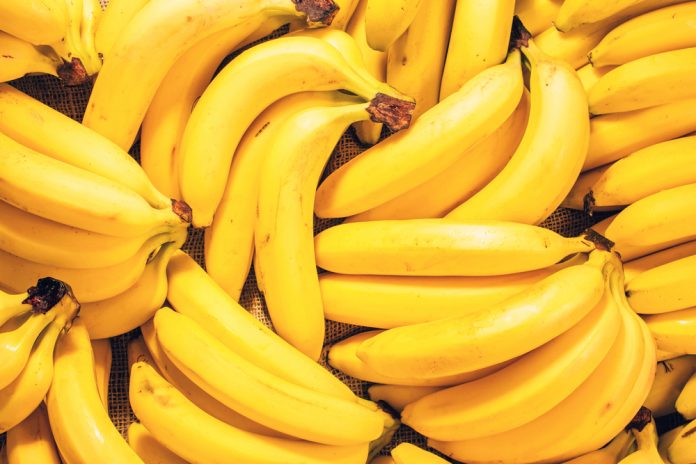Scientists are researching and developing new technology to build a prototype robot arm that will automate the repetitive and intensive parts of banana processing.
Delivered through Hort Innovation and led by QUT in collaboration with Future Food Systems, the Advanced Robotics for Manufacturing (ARM) Hub and BNL Industrial Solutions, the $2 million program will use technology such as computer vision and machine learning to provide the banana industry with a solution for the process known as banana ‘de-handing’.
Banana de-handing is the process of separating the banana fruit from the stalk and it’s a repetitive and physically demanding activity that if automated, could improve processing efficiencies and provide a valuable integration point for robotics systems.
Hort Innovation CEO Brett Fifield says investing in emerging technology to make production easier is a key priority.
“Workforce challenges, supply chain issues, and disease threats all contribute to the need to find innovative production approaches,” he says.
“If successful, this type of technology could also be applied to other crop-types to support Aussie fruit and vegetable supply.”
QUT lead researcher Dr Chris Lehnert says commercialisation is the goal.
“Over the next two years we will build the prototype robot for banana de-handing and then integrate that robot with a vision system that allows it to ‘see’ what actions it needs to perform,” he says.
“The prototype will then be trialled at the ARM Hub’s testing facility where we will conduct further testing and allow growers and potential investors to come and see it action.”
The banana industry is keeping a close eye on the project, according to Australian Banana Growers’ Council CEO Leanne Erakovic.
“Banana de-handing is a core process in all banana packing sheds, so any efficiencies that could be realised through the use of robotic technology would likely have a significant impact on growers’ processing costs. A win-win for our industry and for consumers,” she says.
“This technology has great potential to fulfil a task that is notoriously hard to resource, as it requires time and specific skills. On top of that, it could reduce manual handling fatigue and won’t impact overall job availability on-farm.”


